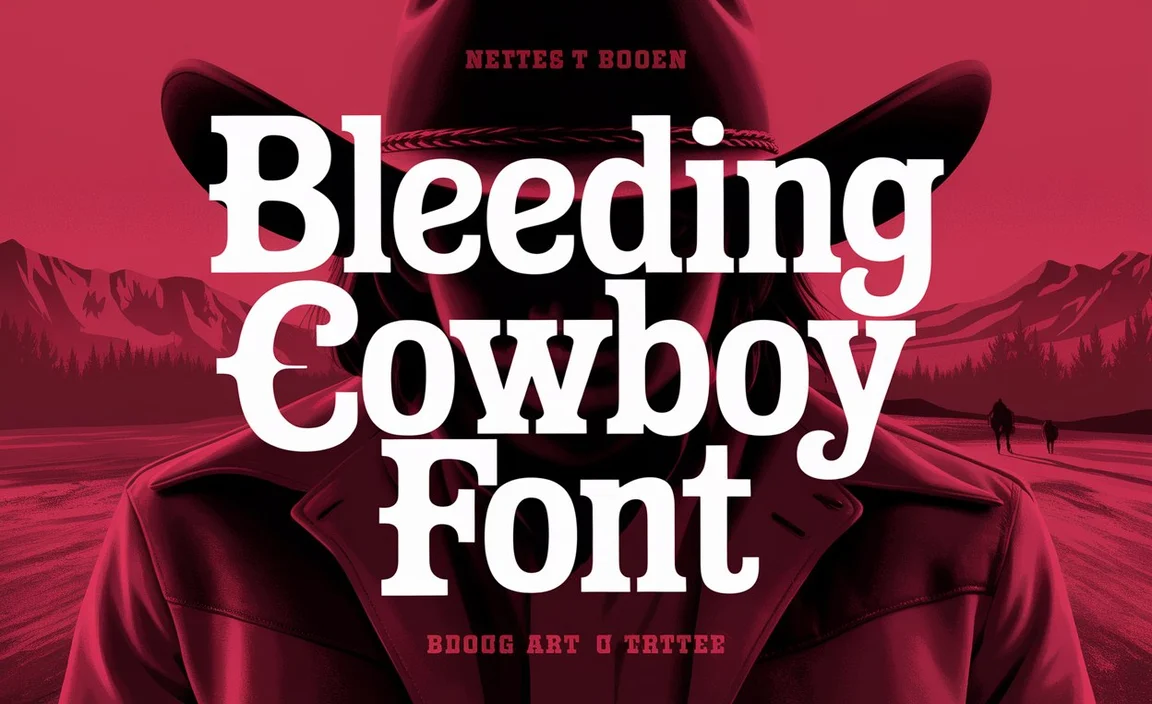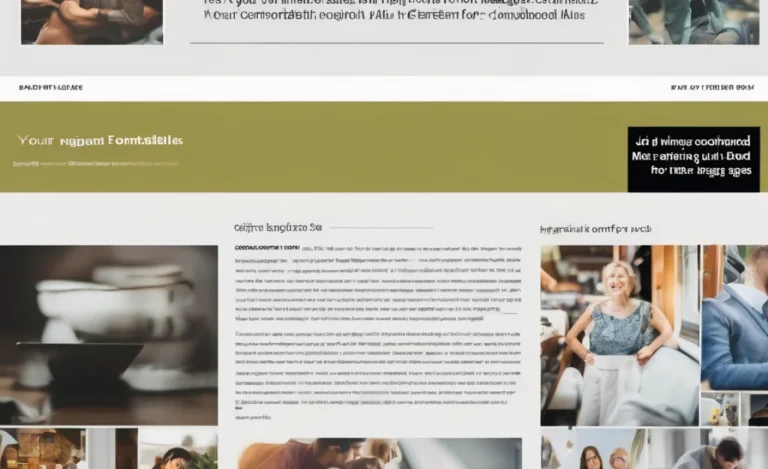When it comes to Markdown, understanding font size can significantly affect how your content is presented. Markdown is a lightweight markup language used to format plain text. By learning a few simple principles, you can easily customize your content to appear as you wish without the need for complex HTML code or CSS styles.
Font Size In Markdown: Measured In Numbers

While Markdown itself doesn’t directly support font size adjustments using numbers, you can use HTML or CSS to apply specific measurements to the text. Here’s a breakdown of how different font sizes are commonly defined in Markdown documents through HTML and CSS:
1. Using Pixels (px)
The most straightforward way to specify font size is by using pixels (px). This method allows you to set an exact size for your text.
- 1px = 1 pixel on the screen.
- Common values:
12px,16px,20px,32px.
Example:
This allows you to have precise control over the font size, ensuring consistency across devices.
2. Using Em (em)
The em unit is relative to the font size of the parent element. If the parent’s font size is 16px, then 1em will be equal to 16px. This makes em a useful unit for responsive design because it adapts to the current font size.
- 1em = current font size.
- Common values:
1em,1.5em,2em.
Example:
3. Using Rem (rem)
The rem unit stands for “root em.” It is similar to em, but instead of being relative to the parent element, it is relative to the root element (<html>), which is usually set to 16px by default.
- 1rem = 16px (default size in most browsers).
- Common values:
1rem,1.25rem,2rem.
Example:
4. Using Percentage (%):
You can also set font size using percentages. This method adjusts the font size relative to the parent element. A font size of 100% means the font size will be the same as the parent element’s font size.
- 100% = same as the parent.
- Common values:
120%,150%.
Example:
5. Using Viewport Width (vw) and Height (vh)
The viewport-based units like vw (viewport width) and vh (viewport height) adjust the font size based on the size of the user’s screen. These units are particularly useful for responsive design.
- 1vw = 1% of the viewport width.
- 1vh = 1% of the viewport height.
Example:
This method can result in text that scales with the window size, making it adaptable across devices.
Choosing the Right Font Size for Markdown

- Small text: Use
12px,14px, or0.75emfor smaller, fine text, such as captions or footnotes. - Body text: Typically
16pxor1emis ideal for readability, as it is close to the default font size in most browsers. - Headings:
20px,32px, or2emfor larger text suitable for titles or headings. - Responsive text: Use
vw,em, orremfor more flexible text that adjusts to screen size or root font size.
By combining these units, you can fine-tune the text size in your Markdown file while keeping everything simple and accessible.
1. Markdown Syntax and Font Size
In Markdown, changing the font size isn’t as straightforward as it is with HTML elements or CSS files. Markdown doesn’t natively support font size change directly. However, you can use HTML tags within a Markdown file to adjust text size. This allows you to access more styling options beyond Markdown syntax.
Example:
This code renders the text in a larger font, and you can use inline style attributes in your Markdown document to adjust the size as needed.
2. Using CSS for Font Size in Markdown
You can also utilize CSS style to control font size in Markdown files. This method is effective if you have control over the web page’s styling or if you’re working with a platform that allows custom CSS.
Example:
With this method, you adjust the default font size of your entire document or certain elements like paragraphs. You can manage the text size efficiently when combined with Markdown’s ability to integrate HTML code.
3. Font Size in Code Blocks
Code blocks in Markdown are often rendered differently from regular text. In a typical code block, the font family might change automatically to a monospaced style, but the font size can still be adjusted using inline styles or embedded CSS.
Example of a Markdown code block:
4. Adjusting Text Size in HTML Tags
Although Markdown doesn’t provide a dedicated feature for changing text size, you can embed HTML tags in your Markdown document. These tags allow for more advanced formatting, including adjusting font size.
Example:
This method can be used for titles, headings, or any other section where you want to increase or decrease font size.
5. Font Size for Headers
When working with Markdown, headers have preset sizes based on the number of hash symbols (#) used. However, if you want to customize the size further, you can embed HTML elements inside your Markdown file. For instance, using <h1> tags allows you to specify the font size through inline style.
Example:
6. Default Font Size and Text Alignment
The default font size in a Markdown document depends on the platform you’re using. On most websites or text editors, the default size is typically set through CSS. You can override this by embedding your own CSS code to adjust both font size and text alignment.
Example:
7. Text Color and Background Color
Another way to adjust how your text appears is by using HTML elements to change the text color and background color. This is useful if you want to highlight specific parts of your document.
Example:
This method allows you to change text color and add emphasis using a simple inline style within your Markdown content.
8. Text Formatting: Bold and Italic
Markdown provides a way to format text with bold or italic using simple syntax. While this doesn’t directly affect font size, it emphasizes your text. However, you can combine this with HTML tags for better control over font size.
Example of bold text in Markdown:
Example of italic text in Markdown:
9. Working with Multiple Lines and Line Breaks
In a Markdown document, you can manage line breaks with a double space at the end of a line. This keeps text well-organized and readable. When using Markdown, it is essential to know how to create line breaks properly, especially when formatting multi-line content with different font sizes.
10. Whitespace and Indentation
Maintaining whitespace and indentation is important in Markdown for readability. Proper indentation can also affect how text is rendered, particularly in code blocks or lists. Whitespace allows you to structure your document clearly.
11. Using Tailwind CSS for Font Size
If you’re working on a web-based project and want to style your Markdown file using Tailwind CSS, you can adjust the font size using Tailwind’s utility classes. This makes it easy to adjust the size without directly using inline CSS.
Example:
This approach works well if your platform or project already supports Tailwind CSS.
FAQs
What Is Markdown?
Markdown is a lightweight markup language used to format plain text for web documents.
Can I Change The Font Size In Markdown?
Markdown does not support font size changes directly, but you can use HTML tags and CSS to adjust font size.
How Do I Change Font Size In A Markdown File?
You can use HTML <span> tags with inline CSS to change font size in a Markdown file.
What Is The Default Font Size In Markdown?
The default font size depends on the platform or text editor, but it is typically controlled by CSS.
How Do I Make Text Bold In Markdown?
Use **text** or __text__ for bold text in Markdown.
Can I Change The Font Size For Headers In Markdown?
Yes, by using HTML tags like <h1>, <h2>, etc., with inline styles.
What Are Code Blocks In Markdown?
Code blocks in Markdown are sections of preformatted text, typically surrounded by triple backticks (“`) or indents.
Can I Use Tailwind CSS In Markdown?
Yes, if your platform supports Tailwind CSS, you can use its utility classes to style the text in your Markdown files.
How Do I Add Line Breaks In Markdown?
Use two spaces at the end of a line to create a line break.
How Do I Change The Background Color Of Text In Markdown?
You can use HTML <span> tags with inline CSS to change the background color.
What Is The Importance Of Indentation In Markdown?
Proper indentation is crucial for formatting code blocks, lists, and keeping your document readable.









